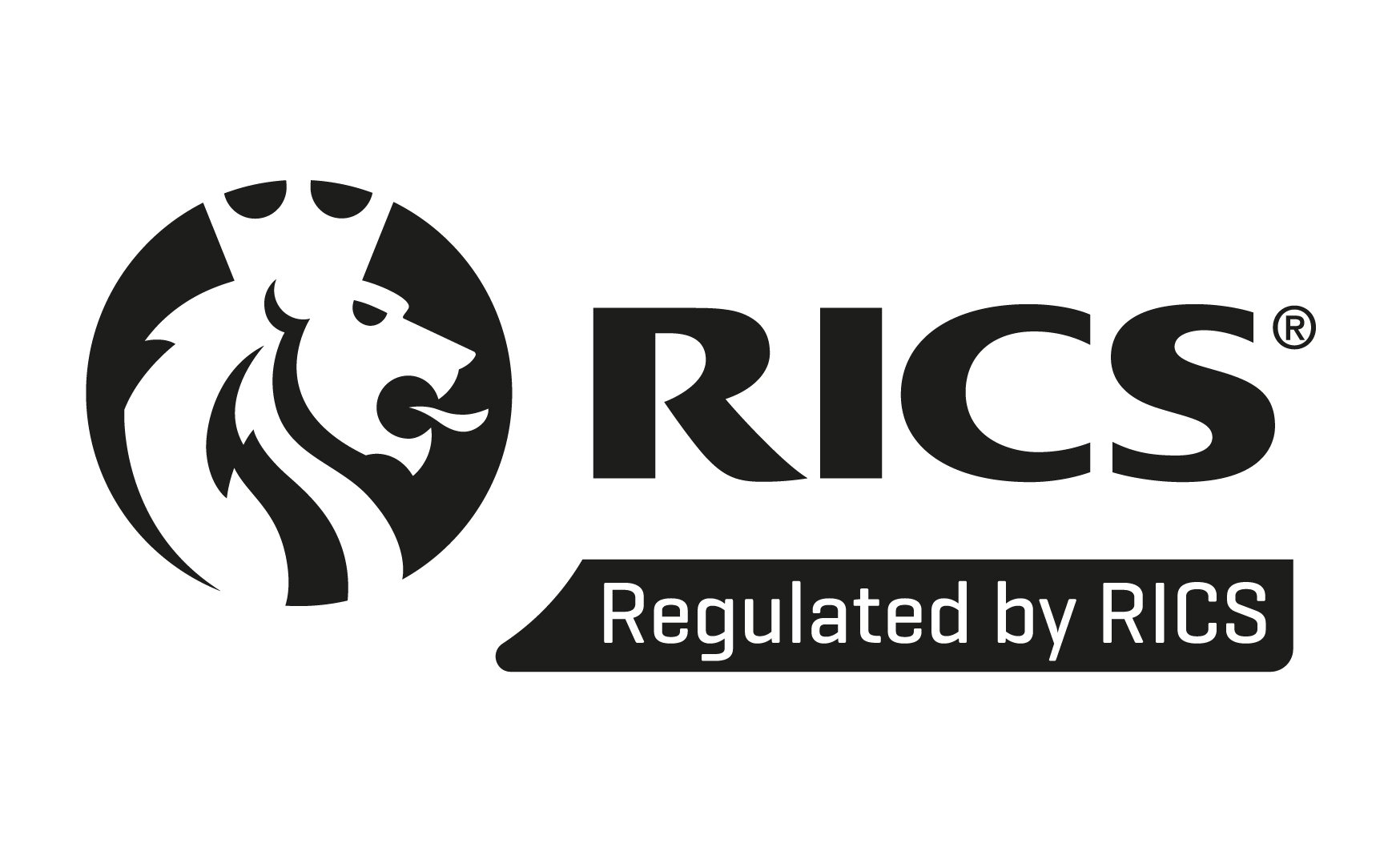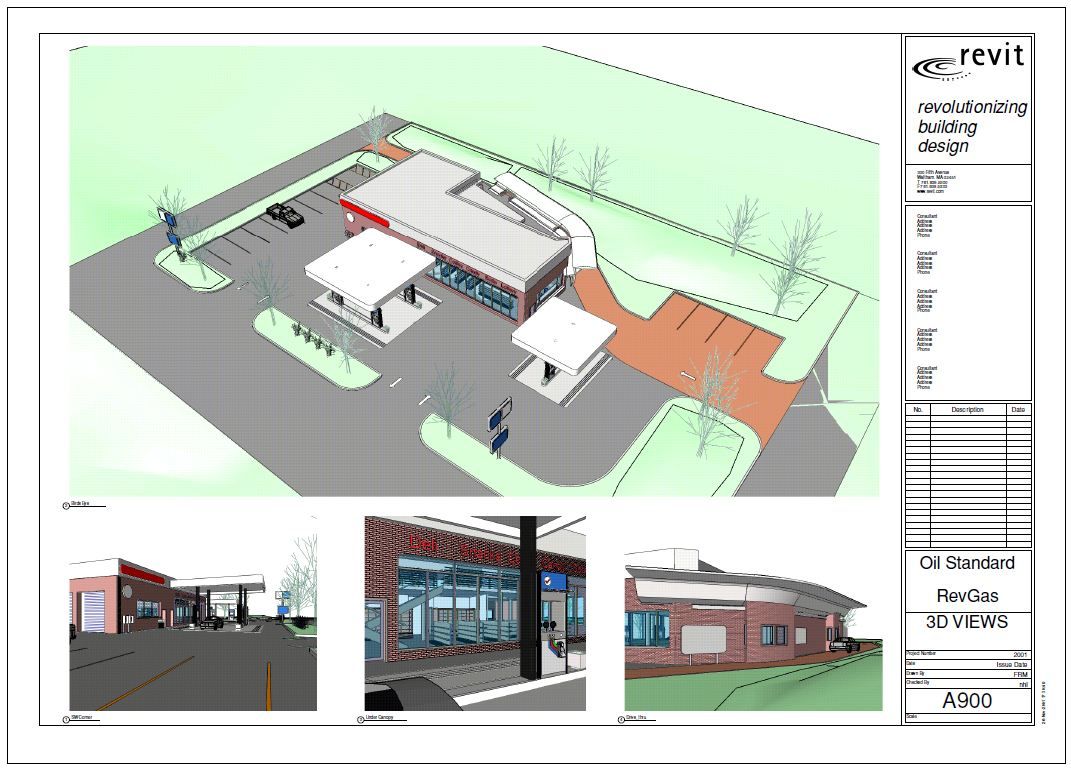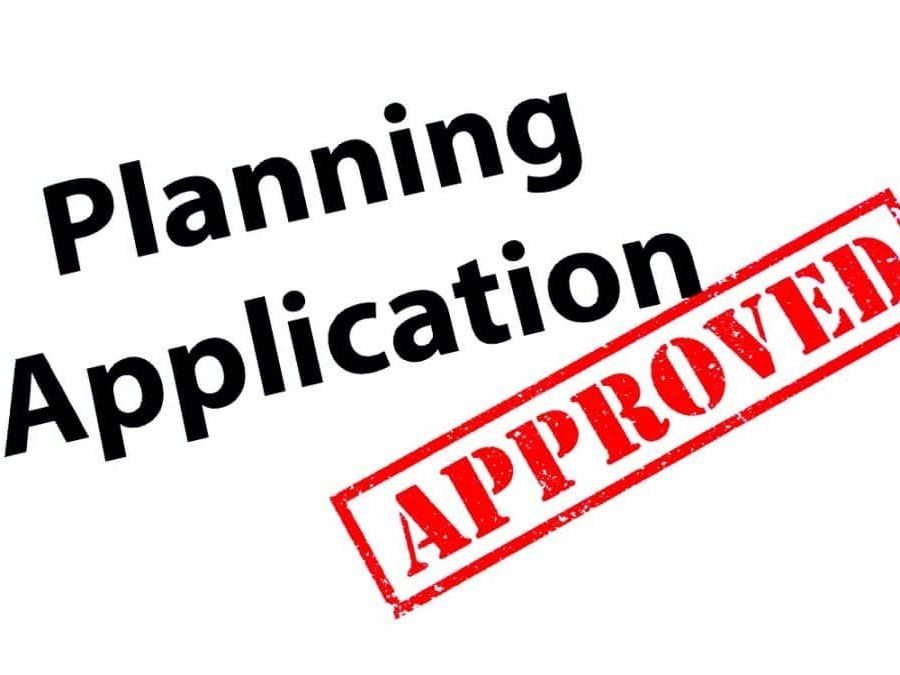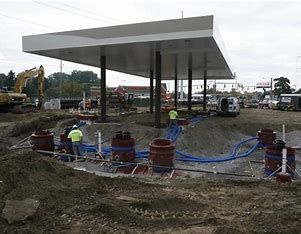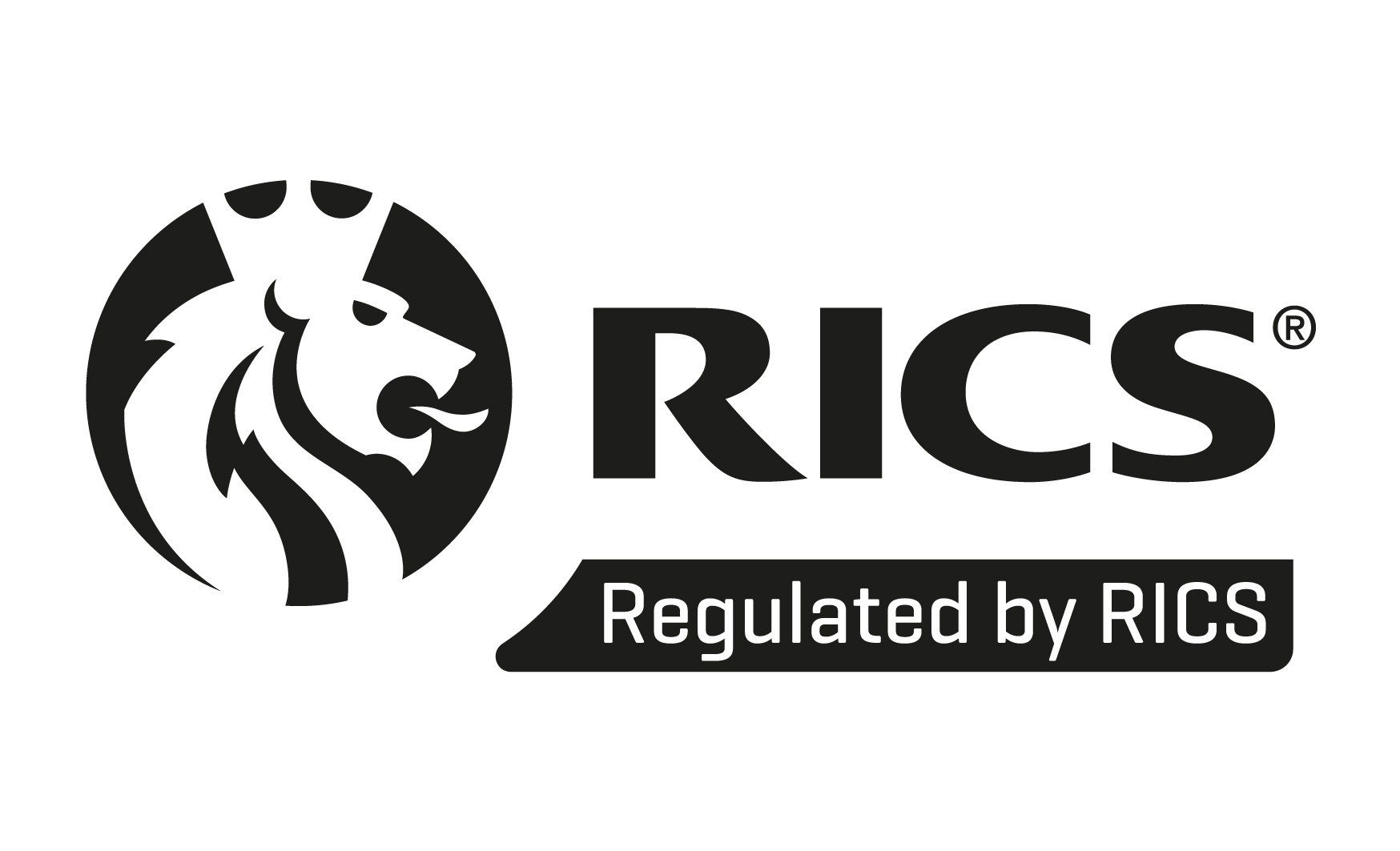Commercial Control
Set a budget, and manage costs within the budget.
We answer the questions you might have at each stage of the process to set realistic cost expectations, and then to deliver to plan:
- what cost information do you need at each stage
- how do you keep control of costs as you progress
- matching costs to value and design quality
If you can't find the answer to your question below, please contact us, and we can discuss it with you.
Why is cost management important during Pre-Construction?
Frequently asked questions
Concept
-
How do we set a realistic budget for the project?
This stage is vital and it is important to be realistic. There are three key things to consider.
Firstly, make sure all the appropriate types of costs are included (certainly not just the lowest price that just one supplier suggests) and that the budget outline covers all aspects of the overall development.
Secondly, that you start off with a realistic baseline of what other similar or comparable projects have cost, understanding why, and add site specific allowances relevant to your project.
Thirdly, include a suitable contingency for known and unknown risks.
There are a number of different approaches to create project budgets.
Depending on the scope and level of novelty of a project different methods can be selected from.
A typical method would be to benchmark the core scope of the project against other similar and previous schemes, and add / deduct any site-specific factors and risks / opportunities.
Early budgets can be expressed in different ways such as:
- Elementally
- Per m2, e.g. of store footprint
- Per fuel island
and so on.
An overall estimate or range of total project cost is also important to get a handle on, inclusive of all ancillary spend and development costs, and not just the core construction costs.
-
What information is available to inform the budget?
Previous projects are a key source of information. It is wise to consider what it has cost before and understand this. Many projects can face financial challenges where the lessons form previous schemes are not heeded.
An early Desktop Feasibility Assessment should identify site-specific conditions. This is vital to determine the add-ons which can be the main source of risk for cost over-runs or programme challenges. Time is money, both in terms of additional project costs and also reductions in revenue.
-
Is it realistic to think we can do everything cheaper than everyone else?
Everyone wants to believe that their project will be delivered at lower cost.
For organisations with a very experienced and dedicated team, fashioned over many similar projects this can be achievable, and we have been involved in many such projects and programmes.
For the most part however, projects are unique, take place in novel environments, involve freshly formed (often inexperienced) teams and also take place in the future, with often different economic and supply conditions, not to mention inflation.
For these reasons, professional advice is usually vital to get a realistic handle on likely costs.
-
How much cost detail should we go into at this stage?
As the project develops you will get into more cost detail, as required.
In the early stages, a professional advisor can provide high level benchmarked costs to guide outline design concept choices, and to inform you of the likely affordability of the project, before you start to incur professional fees on something that may not stack up.
Early project costs can then be fed into considered business case planning, with realistic estimates of paybacks and return on investment.
Different scenarios can be tested to understand different break-even thresholds and go / no-go parameters.
The early cost plans will gradually be refined as the project develops, and can be used as an ongoing guide to steer the procurement of surveys, designers, contracts and if necessary, adjustments to design, so that you can stay within the original budget.
-
If we don't have sufficient budget, should we continue?
It’s best to find out if you can afford to do the scheme early on, and preferably before you start.
Project plans can then either given the go-ahead based on confident projections, or, if the numbers don’t stack up, you can avoid a lot of pain (or worse) by reconsidering the brief, financing arrangements or perhaps even the choice to acquire(or divest) the site.
-
How do we calculate project payback?
The first step is to understand the likely range of project costs, inclusive of all types of development costs (and not just the supplier or construction cost itself).
This means not just equipment supply costs, but all other costs associated with bringing the specific site to a useable status, and, including all other development fees, surveys, consultancy costs, professiona costs etc.
If funds are being borrowed, then the costs of finance, and potentially an allowance for inflation may be required.
When considering the likely revenues you will make, it is wise to consider a range of posible scenarios and "what if" circumstances. Times change and the world is increasingly volatile, meaning that customer spending habits, and disposable income can be impacted very quickly.
Having a clear understanding of the likelihood of different revenue scenarios is therefore important so that both the best and worse case positions are understood.
A range of different revenue / income projections can then be set against the most likely overall development cost to provide a best case / worst case range of likely outcomes for how ong it will take for a capital investment to pay back.
Design
-
How can we understand budget risks early on?
We would recommend a Desktop Feasibility Assessment early on in the project, and before much design work takes place.
This assessment can identify the key attributes of the site which may have a bearing on cost.
It would cover such matters as:
- the adjoining road and any crossovers or new entrances
- site access
- utilities
- ground conditions, and the potential for ground water
- ecological matters
- planning consents required
- drainage
- and many other factors.
As well as situational risks, an assessment of potential risks associated with what you are planning to install can also be made.
Increasingly the world economy is becoming more volatile, and so allowances for potential inflationary pressure must also be considered, both for the period during construction, but also for the period leading up to start on site, which can sometimes be considerable.
-
Can budgets be used to inform the designs?
It is vital that available budgets inform the design concept, and then the detailed design.
Whilst a budget detail is derived from the bottom up, i.e. by adding together all the tlikely component costs, a budget is also crucially informed by how much funding is realistically available, and how this relates to the economic viability of the scheme. Taken together this can be referred to as affordability.
When the affordability of a scheme is known, then this should be used to guide the design of what gets included, or not.
This can often be an iteratove process. What we mean by this is that everytime something is added or taken away, a judgement as to value and likely revenue, compared to likely development cost, should be checked to ensure the project continues to deliver an acceptable level of return.
-
As design decisions are made, should we update the cost plan?
The cost plan will need to be continually refined through the design phase.
It can be more efficient to do this at set timescales or based on specific design milestones.
If you follow one of the standard development gateway processes, then there are natural milestones in these processes at which point the cst plan can be formally updated.
Each of these milestones also provides a clear point in time to make ongoing go / no-go decisions.
-
What design and value choices will we need to make?
There can be many choices to make.
This should be seen as a positive thing.
All of these decisions are intended to determine what revenue generating assets you will end up with, balanced against their investment costs, to give you a level of confidence in your project.
Examples might include:
- The size of the convenience store footprint
- The range of food service equipment
- Whether to include valeting, and if so, what type and how much.
- How much car parking to include, and where
- How many pump islands and grades of fuel
- Whether to re-use or replace existing assets, based on a balance of life expectancy versus the advantage that new equipment provides
- Decisions about whether new fuel types such as EV charging, hydrogen or HVO could be appropriate for your site.
- For each of the above, there will then be more detailed questions about type, design, energy efficiency and life cycle cost considerations.
-
What is life cycle cost, and why does it matter?
Life cycle cost considers the overall cost of running the site or asset.
It is therefore often more important to the owner / operator of the site than just the installation cost, because it considers the long term cost.
This includes an assessment of both the investment or installation cost as well as ongoing costs including:
- Maintenance costs (both statutory, planned and reactive repairs)
- Energy costs
- Any staff costs to run the asset
- Replacement or periodic upgrade costs
- Any licensing or consents
And increasingly, the disposal cost at the end of asset life is also being considered.
Choice made at the design stage can have a profound impact on the overall life cycle cost.
Planning
-
How can planning permission affect cost?
The planning permission process can affect the project cost in a number of ways.
As well as the small application fee, local planning requirements can impact on the design features of the scheme that you submit for approval.
It is increasingly common for approvals to be granted subject to conditions. These conditions can require the devloper to use specific materials, impact on the dimensions of features such as heights, distances, visibility splays, etc. and sometimes lighting.
Site drainage and especially flood water attenuation can also be an expensive consideration.
-
Do we need to factor in the costs of applying for planning?
There is an application fee for planning, which needs to be included in the overall development cost budget.
The larger cost tyically though is the cost of prepaing the relevant design package for submission, and the costs of a planning consultant should one be needed.
It is best toallow sufficient funds to progress through the planning process. If the application is not sufficiently developed, the application can be rejected, meaning not only delays but repeat costs.
-
Once we have planning permission, will later design changes impact on cost?
Design changes almost always have some impact on cost.
Once planning permission is granted, you should aim to keep any subsequent design changes within the scope of the scheme that has been granted permission.
Where any changes are made that impact on the permitted development then you should expect to need to submit an alteration which could cause delay and / or further requests from the planning authority.
How do we stick to budget during and after construction?
Frequently asked questions
Procurement
-
What cost planning steps should we take prior to tendering the works?
Once you decide that you are ready to tender the works, then it is very sensible to work out how the project budget is to be allocated between the different contractors and suppliers.
A work package breakdown is the usual way of doing this, coupled with a cost breakdown.
A clearly defined budget can then be assigned, in increasing detail to each part of the work.
This will build up to a package specific budget and cost plan for each potential supplier works package. This can be used to keep a constant review on the affordability of the scheme.
-
How do we check that quoted works are in line with cost plan expectations?
This is an important step, and can yet again be used as a go / no-go step in the development process.
It is important to check the details of the submited pricing in detail, and if appropriate, to discuss the content of the supplier or contractors proposal to get a good sense that they truly understand the scope of the works you expect them to do.
If there are any concerns, make sure you clarify understandings now, and if necessary, adjust the wording of their proposal.
It is not uncommon to need to issue tender clarifications and requst that bidders clarify their costs based on your tender clarifications.
This helps to ensure that you can truly compare bids against each other on a like for like basis, and understand if all the scope in the cost plan is included.
If there is scope not included, then this needs to be allowed for in the overall cost plan, and procured separately, or, awaited as a contract variation.
-
The quotes are significantly less than the cost plan - does this mean the out-turn cost will be significantly better than expected?
It is possible that the cost plan / budget could have been over generous, or that the supplier or contractor has come up with a form of innovation that provides a better cost.
it is especially important in such circumstances to clarify this by discussing the scope and sequence of the works with the contractor or supplier.
An assessment can then be made as to the likely out turn cost, and whether the cost plan can be adjusted down, or, if a contingency needs to be made for potential future variations.
Build, Construction or Installation
-
How do we ensure that the contracted cost does not escalate?
The first step is to ensure that you have a contract in place and that it is properly executed by all parties.
When the legal teams are finalising the contract drafting be sure to brief them fully about the scope and any specific terms or costs which must be included. If something does not make it from the tender clarifications or negotiations into the actual contract document, then it might well not be the contracted scope.
Once within contract, then effective constract administration is required.
The contract will contain details of the commercial procedures to be followed, and an experienced contract administrator should be appointed to manage this.
Most contracts will contain provisions for variation that deal with potential changes or matters which can impact on cost.
It is normal for there to be some change in a contract, and this is why having a clear cost plan with provision for variations, contingencies or provisional sums is important.
-
The contractor has submitted a claim for extra money - what can we do about it?
Be familiar with the contract and ensure that you follow it.
It is normal for there to be situations where cost variations may be due.
The contract will set out the situations where additional costs may be due to the contractor, and the correct procedures which they must follow to claim these costs.
Unfortunately, the level of knowledge about contract terms and their application is not wholly widespread, and there can sometimes be misinterpretations by contractors as to what they can claim for. Experience contract administrators will be able to manage such situations.
It is important that regular contract meetings are held, and coordinated by an experienced project manager / contract administrator / employers agent (depening on the type of contract from used). By these means, clear processes can be maintained to record site progress and key matters on an ongoing basis, and used to determine the outcome of any claims for additional monies.
-
There is a delay due to weather - will this increase the cost?
Weather is a natural occurence and in most contract forms there is provision for how the impact of weather will be dealt with.
The risk for weather events can be apportioned differently under different forms of contract, so you should understand how the risk is allocated at the outset. The Client's Project Advisor can inform you about this.
In many forms of contract, there is an expectation that normal seasonal weather is an accepted risk by the contractor, with "exceptionally adverse weather" potentially a reason for a claim for time (but not usually a direct claim for cost).
Soft Landings - Opening & running your new site
-
What costs can we expect in the first year of operating the site after the project is completed?
When the project is complete, the site owner (client) will accept the project and practical completion is issued.
Any defects identified in the 12 months after the practical completion are usually to be resolved by the contractor.
Equipent will also normally be covered by warranty.
However, and most equipment warranties will expect that the owner continues a programme of maintenance so as not to void warranties.
It is therefore wise to anticipate that from day one the site will need to be included in the normal maintenance regime, inclusive of all relevant compliance tasks, planned maintenance and reactive break-fix maintenance, e.g. due to wear and tear.
To develop a budget for maintenance, you can use existing knowledge of site maintenance costs if you have similar sites. However, if you have made a significant enhancement to the site, for example introducing much new equipment, especially in the shop, then this can often require much more maintenance. (Ideally this will have been factore din at design stage as part of life cycle costing).
You will also of course have the costs of running the equipment, such as energy costs.
-
What do we need to do to close out the final cost of the project?
Once the practical completion is awarded, the contract will set out the procedure for agreeing the final project valuation.
The contractual procedures and timelines should be followed.
This will normally require the contractor to finalise their project costs and submit their final application. The Client's Project Advisor will be able to manage this process for you and validate the amount of monies due.
In most contracts, there is a 12 month defects liability period, after which any retention monies held will be paid to the contractor.
In addition to any contractor costs, you will also need your project management team to validate works acceptance for any directly procured equipment or servies and settle these accounts.

